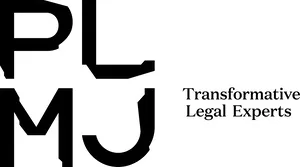Order 7048/2022 was published on 2 June with the new lists of companies and other entities, with the exception of individuals, whose tax situation will be monitored by the Large Taxpayers Unit (Unidade dos Grandes Contribuintes - "UGC").
The new lists of companies and other entities, with the exception of individuals, whose tax situation will be monitored by the Large Taxpayers Unit, have been published.
These entities benefit from permanent tax support which includes, among other features, assistance with voluntary tax compliance, thereby promoting cooperation between the taxpayer and the Tax Authorities and reducing the risk of litigation.
The selection criteria are generally based on the importance of the entities in economic terms, the tax revenue generated and the complexity of their operations or the particular nature of the activity they engage in.
Thus, the list in Annex I to the above-mentioned Order identifies the following categories of large taxpayers:
- entities under the supervision of the Bank of Portugal
- entities under the supervision of the Insurance and Pension Funds Supervisory Authority
- collective investment undertakings under the supervision of the CMVM (the Portuguese Securities Market Commission);
- non-resident entities without a permanent establishment carrying on activities subject to supervision by the Bank of Portugal in Portugal;
- entities with a turnover greater than €200 million, or greater than €100 million in the case of companies belonging to a group in which any of the companies is subject to filing a tax and financial information return by country or tax jurisdiction;
- entities with a total value of taxes paid exceeding €20 million;
- companies with advance pricing agreements in place.
These entities benefit from permanent tax support which includes, among other features, assistance with voluntary tax compliance.
Annex II of the Order now published identifies the companies that, not being covered by any of the above-mentioned situations, are considered to be significant because of their corporate relationship with the companies identified in Annex I. In turn, Annex III specifies the dominant companies of groups covered by the special tax group regime, whose controlled companies are also monitored by the UGC. The lists published take effect as from 3 June
The content of this article is intended to provide a general guide to the subject matter. Specialist advice should be sought about your specific circumstances.

